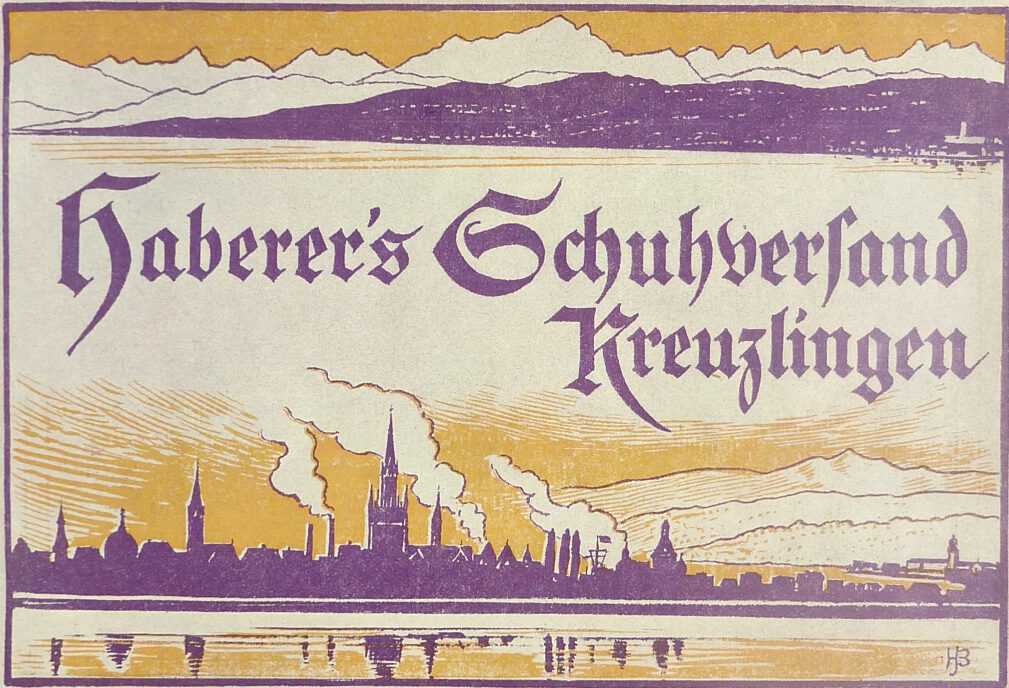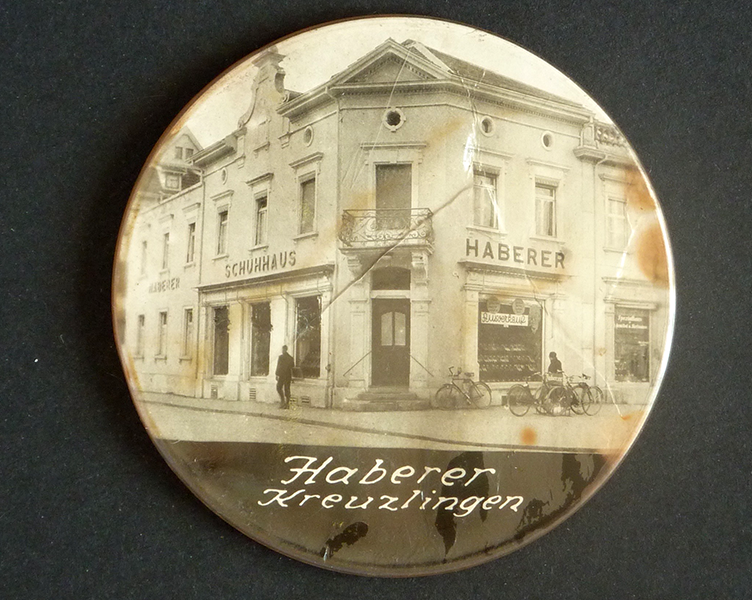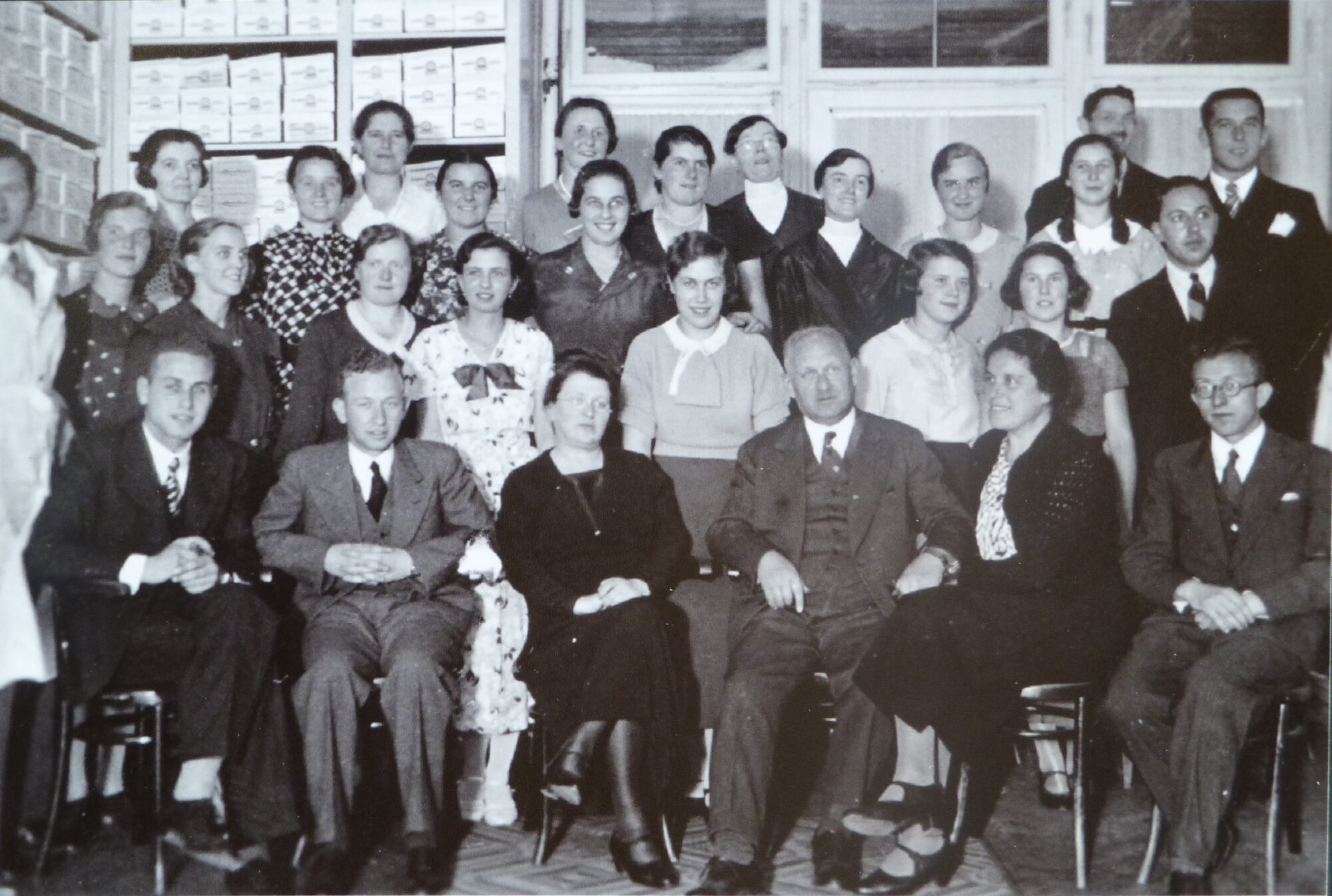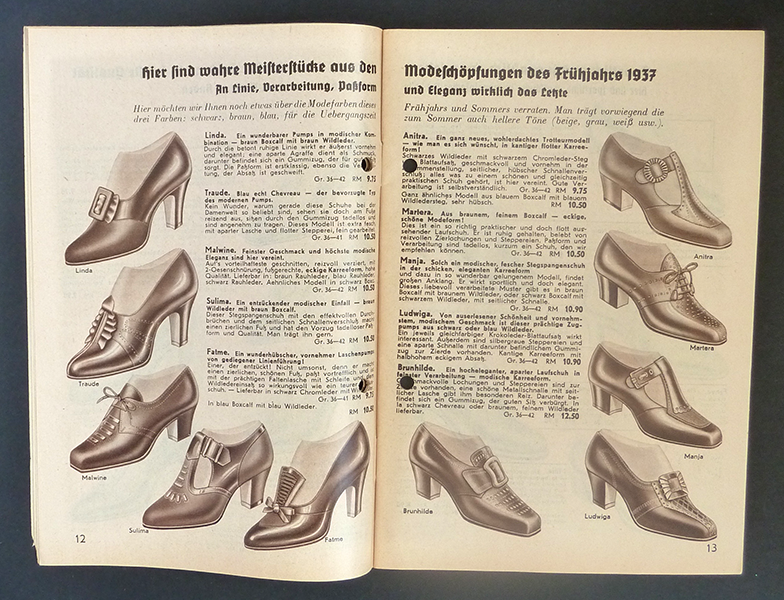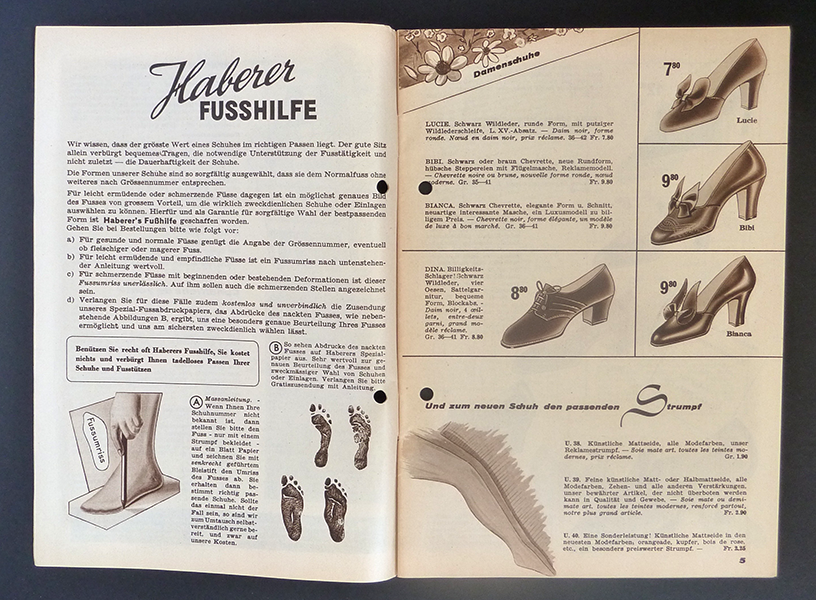The Haberers: an example of continuity
Originally from the Offenburg region, the Haberer family settled in Konstanz, in southern Germany, in the 19th century. There, Leo Haberer, started his shoe business at Bodanstrasse 22-26. Today, just as at the beginning of the century, Konstanz (Germany) and Kreuzlingen (Switzerland) are border cities and, in the daily lives of their inhabitants, there is, in fact, no barrier: Swiss and Germans share bus lines, cultural and sports centers and move from one place to the other for leisure and business. This situation was only suspended twice: first, during the years of the National Socialist regime, with the installation of a physical border that interrupted this exchange and recently during the COVID19-pandemic.
During and after World War I, several Jewish families migrated from Konstanz to Kreuzlingen in search of better business opportunities and, probably, Switzerland’s wartime neutrality. This migration grew from 1933 with the installation of the Nazi regime, increased in 1936 with the loss of freedom and civil rights for Jews in Germany and reached its peak in 1939, with the start of the World War II. Siegfried Haberer, Leo’s brother, had an additional reason to emigrate: he had married Marta Lion, from the Swiss city of Diessenhofen.
Brothers Siegfried and Leo Haberer already sold shoes via mail order in their shop in Konstanz. In 1919, Siegfried Haberer opened his own store in Kreuzlingen, at Hauptstrasse 48. There are catalogs that illustrate the success of this business, especially for getting goods to mountainous and difficult-to-reach regions of Switzerland via postal service.
While Marta was a Swiss citizen, Siegfried and the couple’s children Fritz and Hildegard were German citizens. The family remained as long as they could in Swiss territory. But from the doorstep of their store, they could see the Nazi threat coming from the border directly in their eyes. Before taking refuge in Brazil with his family in 1941, Siegfried sold his store and the Haberer brand. The Schuhhaus Haberer still operated for another 100 years in Kreuzlingen at the same address under new owner until its closing in 2019. To Brazil, the family brought its know-how and entrepreneurial spirit, and inaugurated a new business model previously undeveloped in Brazil.
